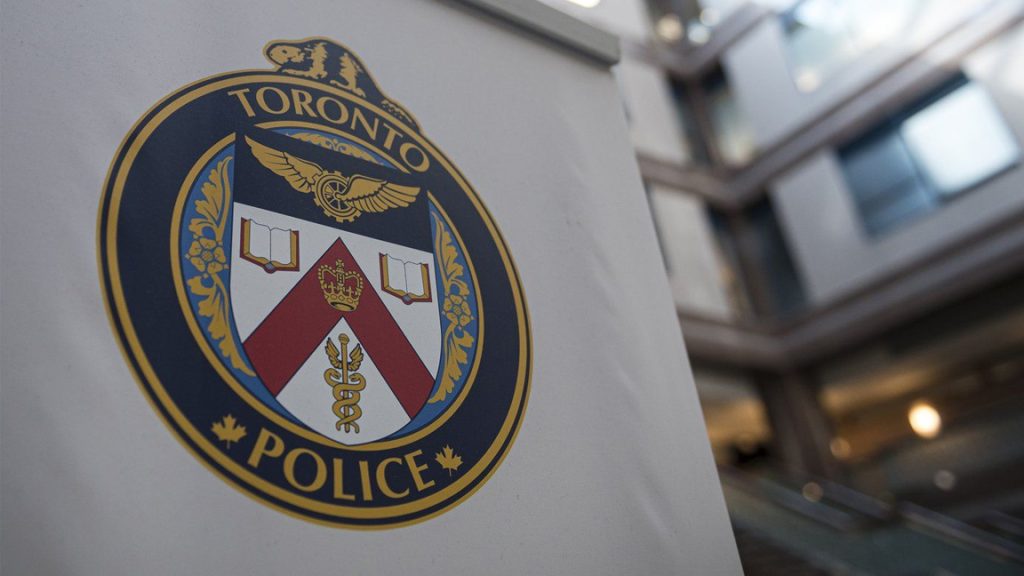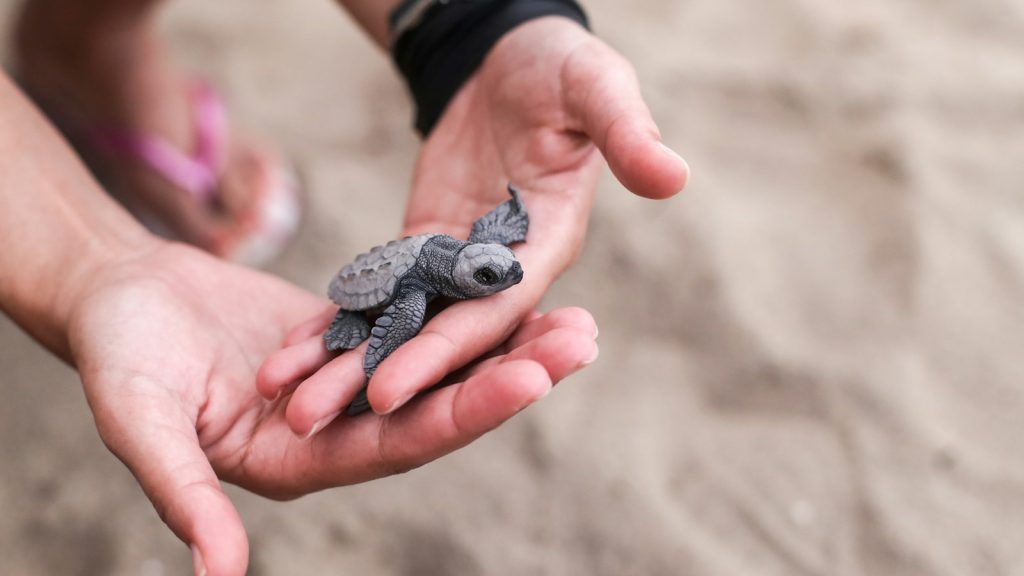Two GTA animals killed by traps in residential areas
Posted October 29, 2017 6:49 pm.
Last Updated October 29, 2017 11:00 pm.
This article is more than 5 years old.
A recent tweet sent out by the Toronto Wildlife Centre is highlighting the dangers associated with animal traps, after the device claimed the lives of two of their patients from the GTA.
A skunk in a conibear trap was transported to the center from Oakville, so was a raccoon who was captured in a leg-hold trap in Toronto’s Pape-Danforth area, according to the wildlife centre.
“The raccoon basically had lost its entire leg, the leg had pretty much been removed form the body by the damage of the trap,” said Nathalie Karvonen, Executive Director at the centre. “The skunk also actually had terrible injuries, it’s back was broken, among those injuries.”
As a result of the serious injuries, the wildlife centre says both of those animals had to be humanely euthanised, as “both animals were not able to be surgically repaired.” Karvonen adds she’s sure the devices aren’t being set by licensed trappers.
“We have had a number of animals come in over the years, from right in the heart of Toronto in very residential areas,” said Karvonen. “We are quite sure that they’re not being set by licensed trappers, they are just being set by people who get a hold of these awful traps.”
Karvonen calls these traps inhumane, and dangerous to use, especially in a residential setting. It’s not known who placed the traps in the areas, or if the cases are currently being investigated.
“I would assume a licensed trapper would never set a trap in a residential area, and in an area where other animals and children can get in the trap,” she said. “The average person getting a hold of this trap should never do it.”
The city of Toronto’s wildlife trapping site advises residents to deal humanely with wildlife, saying property owners can use humane traps or hire wildlife agents to remove these animals.
The Ministry of Natural Resources and Forestry, requires trappers to be licensed to trap on both public and private land in the province, adding that the industry is “highly regulated” and plays an “important role in humanely removing animals that impact communities, crops or livestock.”
The site also adds traps are considered legal if they are set by; a farmer on their own land (who doesn’t have a license), a licensed trapper on crown land under authority of the ministry, a licensed trapper on private land with the owner’s permission.
In one of the cases, a conibear trap was used, which is described as a body-gripping device with a strong hold, usually used for trapping purposes. While some online say it’s humane, others say it’s devastating.
“We would really encourage any kind of initiative to put the bylaws in place in Toronto and other municipalities, to just completely prohibit the use of these traps within city limits,” said Karvonen. “They just don’t belong in cities and residential areas, and currently right now, there is no such bylaw in place, at least in the city of Toronto.”
Karvonen also says these traps aren’t only a risk for the intended purpose of removing unwanted wildlife, but they also pose a risk to pets and people.
Natalie Rowe knows those dangers first hand. She met her cat Alex ten years ago, when he was a kitten up for adoption at the OSPCA shelter in Cornwell.
She learned his leg had to be amputated after he got trapped in a leg-hold trap within city limits. It’s not known how long he was trapped for.
“Some kind person had found him caught in this leg hold trap, his leg was already infested with maggots and so damaged that they had to amputate his leg right to the hip bone,” she tells CityNews via Skype. “He’d obviously been there long enough to get maggots in his wound. I’m sure he would’ve died, he was fortunate to get found.”
When the family initially adopted Alex, there was an adjustment period where he had to master getting around on three legs. Ten years later, Rowe says Alex is thriving, and aside from not being able to jump very high, he’s like any other cat. He’s also been in the spotlight quite a bit, making appearances in OSPCA ads.
Rowe, who rescues animals at her family farm, agrees with the Wildlife Center that animal traps shouldn’t be used in residential areas, as they can be dangerous.
“If a cat can stumble it into it, than a child could stuble into it, really anything can,” she said. “They’re just so damaging, they would damage a human as much as they would damage a raccoon.”
CityNews reached out to both Toronto Animal Services and the Ministry of Natural Resources and Forestry on the use of animal traps, but a response to our questions were not provided by Sunday night.










